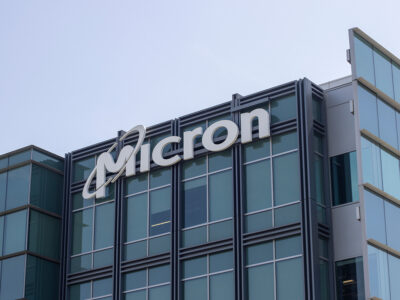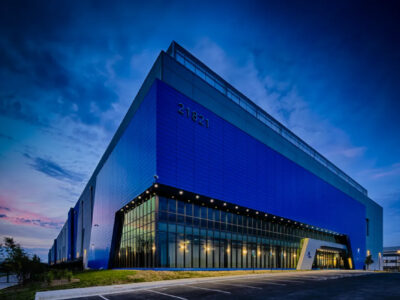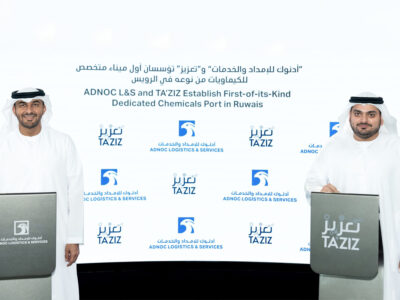The Emirates Mars Mission, the first interplanetary exploration undertaken by an Arab nation, on Tuesday marks a year since its launch.
“We’ve had quite a lot of ‘wiggle room’ in addition to our planned parameters and our confidence in our spacecraft has gone from strength to strength, to be honest,” said project director Omran Sharaf in comments published by state news agency WAM.
“We were able to cut the number of trajectory correction manoeuvres, perform additional observations during our flight to Mars and now have added a whole area of scientific study to the mission that I can only describe as a ‘bonus’. It has been a very busy year indeed for Hope,” he added.
Science data from the mission will be released globally, following a period of validation and checking, in October.
The launch in July 2020 commenced a 493,000,000km journey to reach and orbit the red planet, with an original seven trajectory correction manoeuvres cut to four because of the spacecraft’s outstanding performance.
This conserved resources and allowed the EMM team to perform a series of observations en-route to Mars.

EMM’s Emirates Mars Ultraviolet Spectrometer (EMUS) instrument was activated during Hope’s cruise to Mars and used to image Mars’ exospheric hydrogen.
“These experiments were possible simply because Mars Hope was in such good shape,” said Hessa Al Matroushi, EMM’s science lead.
The dust tracking feature of Hope’s star tracker instruments was also enabled, allowing measurements of interplanetary dust in the wake of Mars as it spins around the sun.
With the successful Mars orbit insertion on February 9, the Mars Hope spacecraft then transitioned to its science orbit on March 23.
The probe’s three instruments were activated on April 10 and a period of commissioning and testing followed, before the mission’s science phase formally commenced on May 23.
It was during this period that the EMM science team first made the stunning observations of Mars’ discrete aurora, releasing the first images.
“Mars’ aurorae are an area of intense interest to the global scientific community and their study has tremendous potential to challenge, expand and deepen our understanding of Mars’ atmosphere and its interaction with the planet and with solar energies,” said Al Matroushi.
“We were hopeful that EMUS could make a contribution in this area but we now know with absolute certainty that contribution is going to be ground breaking.”
The probe completes one orbit of the planet every 55 hours and will capture a full planetary data sample every nine days in its two-year mission to map Mar’s atmospheric dynamics.
EMM and the Hope probe are the culmination of a knowledge transfer and development effort started in 2006, which has seen Emirati engineers working with partners around the world to develop the UAE’s spacecraft design, engineering and manufacturing capabilities.
The Emirates Mars Mission will study the Martian atmosphere, the relationship between the upper layer and lower regions.








